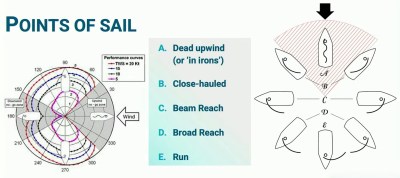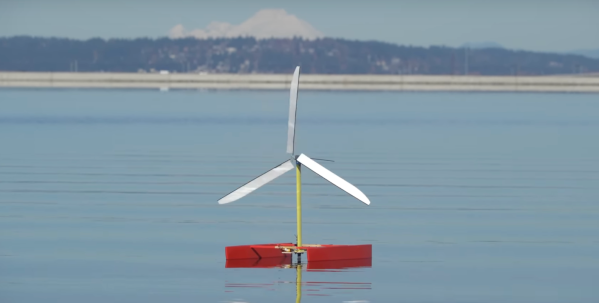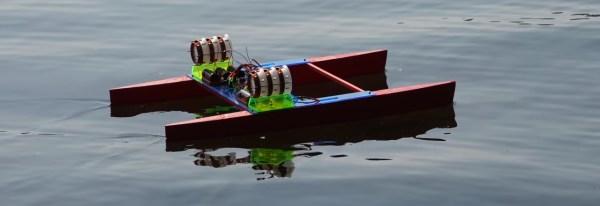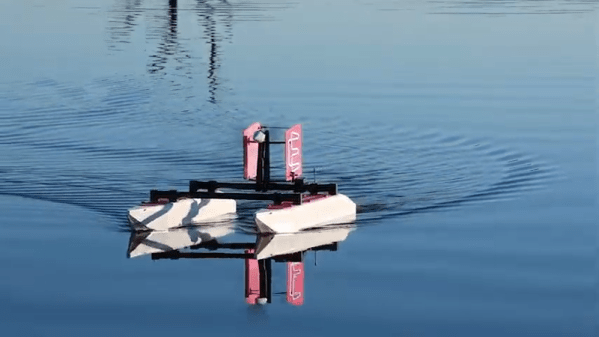There are a number of plans for DIY boats available online, so [Phil] went in search of one for a custom catamaran to travel the inland waterways of Canada. But none of the plans he found had options for electric motors so he modified one popular plan to include not only that, but plenty of other unique features as well throughout a long series of videos.
This isn’t [Phil]’s first electric boat, either. His first was a monohull with a long canopy above, providing shade for the occupants and a platform to mount solar panels. But that one was top heavy and unstable, so he pivoted to this catamaran design instead which has the perk of not only stability but a small draft. The plans were modified to use a similar propulsion system, though, but mounting the heavy panels on the roof of this boat was much less problematic. The roof itself retracts, and also includes some mosquito netting to enclose the cabin. He’s also added a head which is situated inside one of the hulls and has doors which fit into the retractable roof structure as well.
For navigating the peaceful inland waterways of Canada like the famous Rideau Canal, the Trent Severn Waterway which [Phil] frequents, or even quiet Ontario lake towns like Bobcaygeon we can’t imagine a better way to go that a peaceful, small electric boat like this one.
As summer rolls around in the northern hemisphere we’ll hope to see other solar electric boats like these out on the water, like this smaller electric-assisted kayak or this much larger solar electric houseboat.
Continue reading “Electric Catamaran Sails High Seas Of Inland Canada”




 the first sails developed by humans were simple drag devices, sailors eventually developed airfoil sails that allow sailing in directions other than downwind. A
the first sails developed by humans were simple drag devices, sailors eventually developed airfoil sails that allow sailing in directions other than downwind. A 















